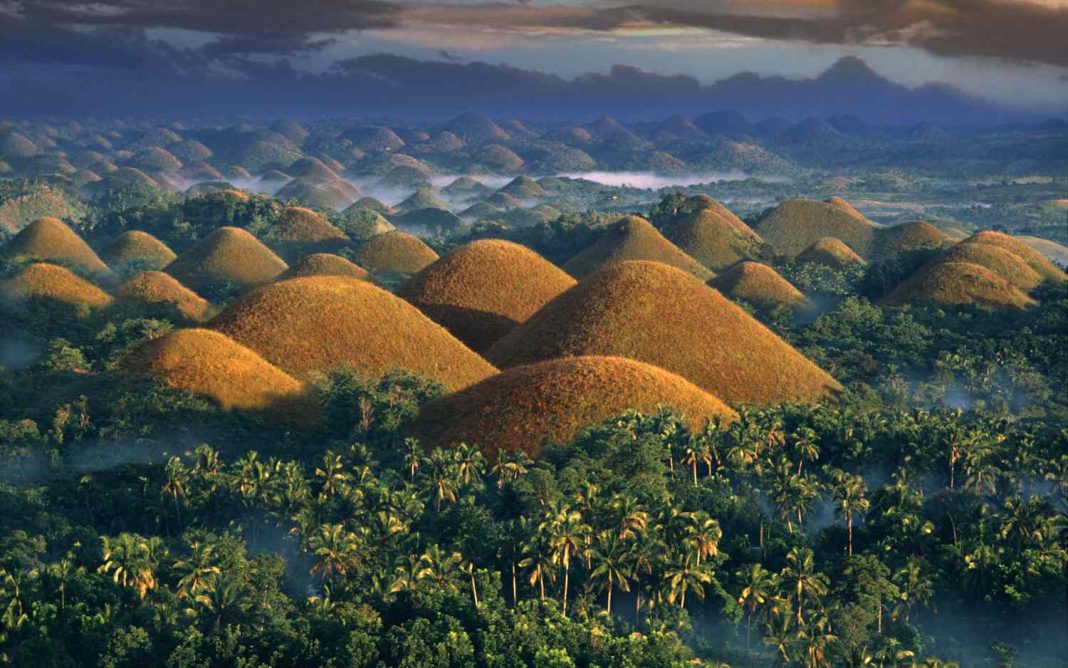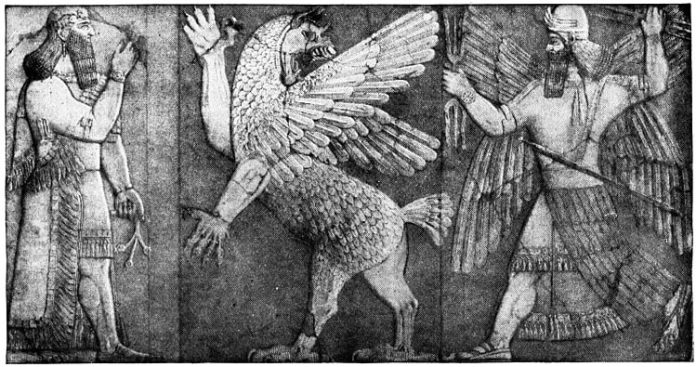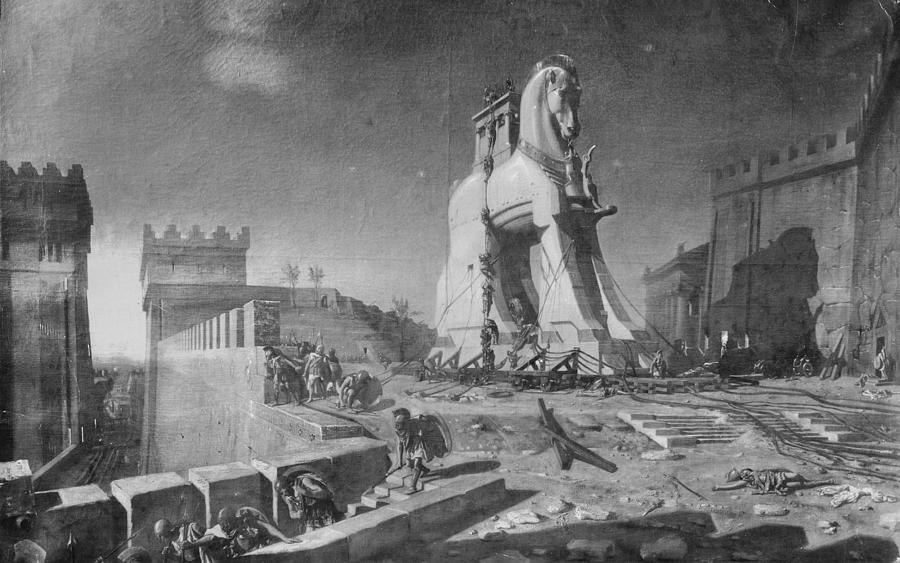The Chocolate Hills, with their distinct, almost hypnotic cone shapes, are a geological wonder that has captivated visitors for centuries. But have you ever wondered how these peculiar mounds came to be?
This article will delve into the fascinating story behind their formation, taking you on a journey millions of years back in time. We’ll explore a world teeming with vibrant coral reefs, witness the dramatic rise of the seabed, and see how the relentless forces of nature sculpted these iconic hills into the landscape we know today.
Prepare to be amazed as we uncover the secrets of the Chocolate Hills and gain a deeper appreciation for the Earth’s incredible geological history.
From Coral Reefs to Limestone Giants: A Glimpse into the Ancient Ocean

Imagine a vast underwater world teeming with life millions of years ago. Crystal-clear, shallow seas blanketed the area where the Philippines’ iconic Chocolate Hills now stand. This vibrant ecosystem buzzed with activity as colorful coral reefs flourished.
These weren’t your average coral reefs. Composed of tiny marine organisms like corals, mollusks, and foraminifera, these underwater structures thrived in the warm, sunlit waters. As these creatures lived and died, their calcium carbonate shells and skeletons accumulated on the seabed, slowly compacting into thick layers of sediment. Over millennia, these layers cemented together, forming a vast underwater limestone plateau – the very foundation upon which the Chocolate Hills were sculpted.
How were the Chocolate Hills formed by these ancient reefs? The answer lies in the power of nature’s grand upheavals. These limestone deposits would play a crucial role in the next chapter of the Chocolate Hills’ story, but their journey from the seabed to dry land was far from over.
Land Ahoy! Upliftment and Transformation: The Stage is Set for the Chocolate Hills
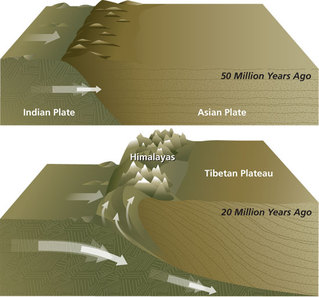
Fast forward millions of years in our story of how the Chocolate Hills formed. The tranquil underwater world we envisioned earlier underwent a dramatic transformation. Powerful forces deep within the Earth, known as tectonic plate movements, began to reshape the landscape. These colossal plates, carrying continents on their backs, constantly shift and grind against each other. In the case of the Chocolate Hills, these movements caused a significant shift. The once-submerged limestone plateau, formed from the ancient coral reefs, was gradually pushed upwards.
Imagine a colossal underwater platform slowly breaking the surface of the ocean. Over a vast expanse of time, the relentless movement of the tectonic plates caused the seabed to rise meter by meter. Eventually, the limestone plateau emerged entirely from the water, transforming the marine environment into a dry, exposed landscape. This dramatic shift marked a crucial turning point in the formation of the Chocolate Hills.
The newly exposed limestone plateau was vast and relatively flat. However, its journey was far from over. The relentless sculptors of nature – rain, wind, and erosion – were about to take center stage in shaping the how the Chocolate Hills formed. With the limestone plateau exposed, the groundwork was laid for the next phase in this fascinating geological story.
The Sculpting Power of Nature: Rain, Weathering, and Erosion
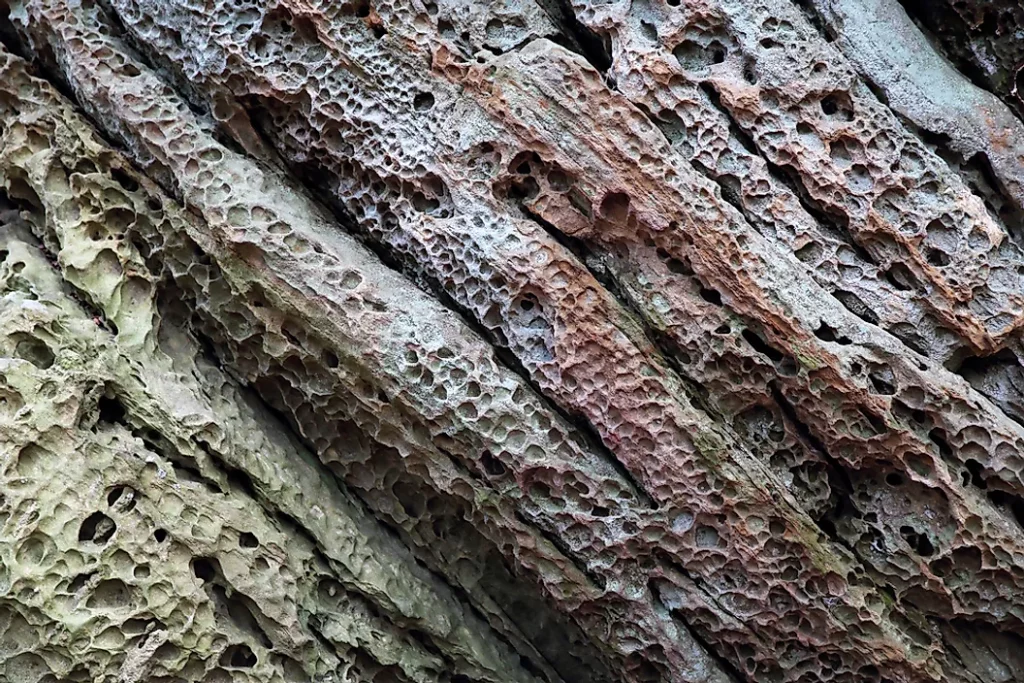
Millions of years after the dramatic rise of the ancient limestone plateau, the story of how the Chocolate Hills formed enters its most dramatic chapter. Imagine a vast, flat expanse of exposed limestone, vulnerable to the relentless forces of nature. This newly formed landscape became the canvas upon which rain, wind, and erosion would unleash their artistic power, sculpting the Chocolate Hills into the unique formations we see today.
Rainwater, the most persistent sculptor, played a critical role. As it continuously fell on the limestone plateau, it began to dissolve the calcium carbonate-rich rock. This process, known as chemical weathering, slowly broke down the limestone, creating cracks and fissures. Over time, these cracks widened and deepened, allowing water to seep further into the rock. This relentless infiltration carved out underground channels and caves, further weakening the plateau’s structure.
Meanwhile, mechanical weathering, driven by wind and temperature fluctuations, chipped away at the exposed limestone. The relentless expansion and contraction of the rock due to heat variations caused it to crumble and break apart. This process, combined with the erosive power of windblown particles, gradually wore down the edges and softer sections of the plateau.
With both chemical and mechanical weathering working in tandem, the once-flat limestone surface began to transform. The softer areas eroded more quickly, while more resistant sections remained relatively intact. Over vast stretches of time, estimated in millions of years, this relentless sculpting gradually reshaped the landscape. The initially flat plateau yielded to the forces of nature, giving rise to the distinct, cone-shaped hills that dominate the landscape today.
The process didn’t stop there. As rainwater continued to dissolve the limestone, it carried away the eroded material, further accentuating the separation between the hills. This process of erosion also explains the presence of the flat plains that surround the Chocolate Hills – remnants of the original plateau that haven’t yet succumbed to the relentless sculpting.
Therefore, the Chocolate Hills weren’t simply pushed up from the seabed to stand as they are today. Their unique conical shapes are a testament to the immense power of nature, acting as a sculptor over millions of years. This story of how the Chocolate Hills formed reveals the enduring interplay between geological forces and the environment, shaping the landscapes we explore and admire.
Unveiling the Secrets: Understanding the Formation Theories
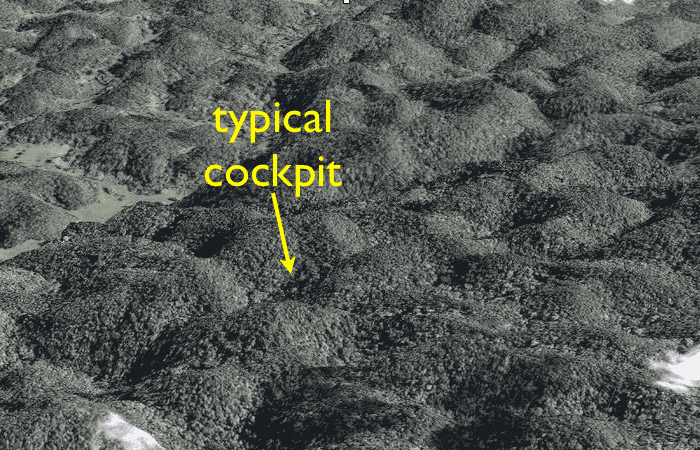
While the broad strokes of how the Chocolate Hills formed are well understood – the rise of ancient coral reefs followed by sculpting through erosion – the finer details remain a subject of scientific inquiry. Geologists have a prevailing theory, but some debate lingers about the exact processes that shaped these unique landscapes.
The dominant theory explaining how the Chocolate Hills formed is known as “cockpit karst.” This theory emphasizes the role of dissolution and erosion in shaping the limestone hills. As we saw earlier, rainwater plays a key role in dissolving the calcium carbonate-rich limestone. This process is particularly effective along vertical cracks and joints within the rock. Over time, these cracks widen, creating solution pits and dolines. Imagine a series of potholes forming on a grand scale.
However, cockpit karst goes beyond simple dissolution. The theory proposes that these dolines grew and merged over time, eventually leaving behind isolated towers of limestone – the very hills we see today. Additionally, the presence of underground drainage networks within the limestone is believed to have played a role. These networks would have facilitated the removal of dissolved rock, further accentuating the separation between the hills.
While cockpit karst is the widely accepted theory for how the Chocolate Hills formed, some geologists have proposed alternative explanations. One theory suggests that the hills weren’t solely sculpted by erosion but may have been influenced by tectonic uplift. This theory posits that the upliftment process may have caused the limestone to fracture in specific ways, influencing the eventual shape of the hills.
Another theory proposes that the initial topography of the seabed, where the coral reefs thrived, might have played a role. This theory suggests that pre-existing underwater features could have influenced the distribution and shapes of the Chocolate Hills after upliftment.
Despite these alternative theories, the weight of evidence supports cockpit karst as the most likely explanation for how the Chocolate Hills formed. However, ongoing research continues to refine our understanding of this fascinating geological phenomenon. The Chocolate Hills serve as a reminder of the complex interplay between geological forces and the environment, leaving behind a landscape that continues to intrigue scientists and visitors alike.
A Geological Marvel: The Chocolate Hills and Beyond
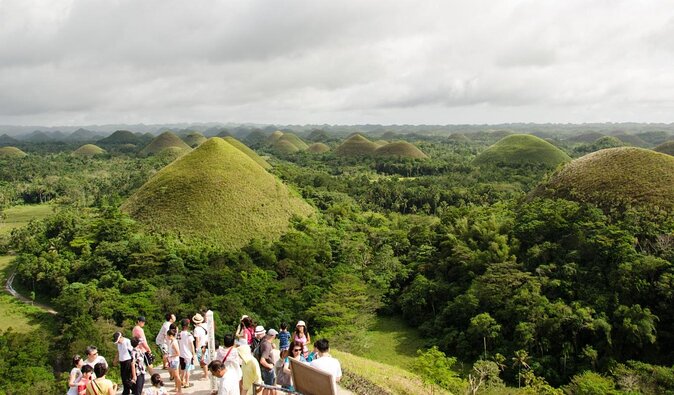
The Chocolate Hills stand as a testament to Earth’s incredible geological history, a silent story etched in stone over millions of years. Their unique formation, a captivating interplay between ancient marine life and relentless natural forces, sheds light on how the Chocolate Hills formed and serves as a valuable resource for understanding broader geological processes.
Standing tall amidst the vast plains, these distinct, cone-shaped hills continue to captivate geologists and visitors alike. The prevailing theory of cockpit karst offers a compelling explanation for their formation, but ongoing research delves deeper. Scientists are constantly seeking a more nuanced understanding of the factors that influenced the specific shapes, distribution, and even the internal structures of the hills.
One exciting area of exploration involves studying the network of caves and underground passages hidden within the Chocolate Hills. These subterranean features offer a glimpse into the ongoing process of dissolution and erosion. Studying these caves can provide valuable insights into the past and future of the hills, helping scientists refine our understanding of how the Chocolate Hills formed and how they might continue to evolve.
The significance of the Chocolate Hills extends beyond their captivating beauty. They serve as a natural laboratory, offering a window into the complex interplay between weathering, erosion, and geological uplift. By studying these formations, scientists gain valuable insights into similar karst landscapes found around the world. This knowledge can be crucial for understanding groundwater flow, predicting natural hazards in karst terrains, and even developing sustainable management practices for these unique ecosystems.
The Chocolate Hills are more than just a tourist destination; they are a geological marvel whispering secrets of the Earth’s past. As we continue to unravel the mysteries of how the Chocolate Hills formed, we gain a deeper appreciation for the dynamic forces that have shaped our planet and the delicate balance of our environment. The journey to understand these captivating hills is far from over, but the knowledge gleaned will undoubtedly benefit future generations and inspire a deeper respect for the wonders of our planet.
Frequently Asked Questions (FAQs)
1. What are Chocolate Hills made of?
The Chocolate Hills are composed of marine limestone, a type of sedimentary rock formed from the accumulated shells and skeletons of tiny marine organisms like corals, mollusks, and foraminifera. These organisms lived and died millions of years ago, and their calcium carbonate remains compacted over time to form the limestone base of the hills.
2. How long did it take for the Chocolate Hills to form?
The formation of the Chocolate Hills is a story spanning millions of years. It all began with the growth of coral reefs in a shallow sea millions of years ago. The uplift of the seabed and subsequent erosion by rainwater, wind, and other natural forces over a vast stretch of time, estimated in millions of years, shaped the limestone plateau into the distinct cone-shaped hills we see today.
3. What is the theory behind the name “Chocolate Hills”?
The name “Chocolate Hills” is likely derived from the seasonal transformation of the grassy hillsides. During the dry season, the grass covering the hills withers and turns brown, resembling the color of chocolate. This visual resemblance is thought to have inspired the name.
4. Are there any caves in the Chocolate Hills?
Yes, the Chocolate Hills have a network of caves and underground passages hidden within the limestone. These caves are a result of the ongoing process of dissolution by rainwater. Studying these caves can provide valuable insights into the formation history of the hills and how they might continue to evolve.
5. What is the significance of the Chocolate Hills beyond their beauty?
The Chocolate Hills hold significance beyond their aesthetic appeal. They serve as a natural laboratory for studying karst landscapes. By understanding the formation process of the Chocolate Hills, scientists gain insights applicable to similar geological formations worldwide. This knowledge is crucial for managing groundwater flow, predicting natural hazards, and developing sustainable practices for these unique ecosystems.
Millions of years ago, lush coral reefs transformed into the Philippines’ iconic Chocolate Hills. Unraveling this geological marvel ignites our curiosity for Earth’s hidden stories. Prepare to delve even deeper! Next, we journey to the heart of the Sahara, where a colossal, enigmatic structure – the Eye of the Sahara – beckons us to unlock its secrets. Join us as we explore the powerful forces that shaped this geological wonder, and uncover the mysteries that lie within the Earth’s ancient heart.


